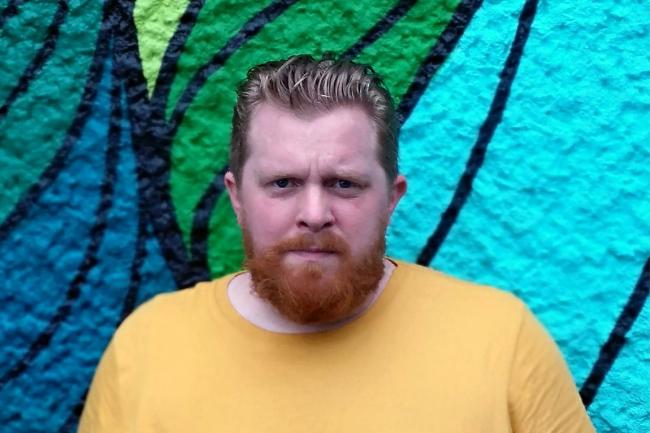New research project to explore the invisible roots of literature in Nairobi
2025-11-12In a new project, researcher Nicklas Hållén will map the invisible paths of literature in Nairobi.
The project examines how literary expressions are shaped by people’s movements between different cultural forms – for example, from oral poetry, theater and music to literary publishing. The focus is on how “invisible” cultural practices, such as slam poetry in Nairobi’s less affluent areas, influence the “visible” literature that reaches magazines, bookstores and stages. The aim is to understand how style and form spread between different parts of the city and different cultural contexts.
– Many people who are published in literary journals have previously been active in other cultural forms, says Nicklas Hållén, docent in English at Karlstad University. I want to understand how these experiences influence their literary expression. The challenge is that many ways of creating and participating in culture don’t leave traces in archives or libraries. One example is slam poetry, a form of performance poetry where poets present their texts live and often with passion and socially critical themes, which is big in Nairobi. I’m interested in how these forms of “invisible” practices shape “visible” literature – not just on an individual level, but from a broader perspective.
The research project is conducted in collaboration with local contacts and experts that Nicklas Hållén has met over the years and during his visits to Nairobi.
What are you hoping the research will lead to?
– I hope that the project will eventually result in a book that ties all the parts together into a coherent story. The digital visualisation of data is another important part. Together with experts in digital humanities, I’m going to create maps that show flows and relationships between different parts of the city, social groups and cultural practices. These will be made available online via a digital platform, so that more people can benefit from the findings.
What sparked your interest in this area of research?
– I’ve been interested in African literature for a long time. Through a previous research project, in collaboration with a researcher at Uppsala University, I came into contact with researchers, writers and other people in Nairobi, Kenya, and developed a particular interest in Kenyan literature. We noticed that the position of the novel in urban parts of Africa is not as self-evident as in other parts of the world, and that other forms of expression – such as audiobooks, self-published texts, poetry online and in video clips – might better reflect social change and be more relevant for those interested in the relationship between literature and society. Nairobi is particularly interesting because it’s a big city with great cultural variety. I’ve also participated in a project focusing on metadata and African literature, where I studied literary practices, primarily in Nairobi. This time, I wanted to take on a bigger project that could turn into a book.
The project “Reading beyond the close/distant divide: Nairobi’s formal and informal literary field” will run for three years and has been granted SEK 4.5 million in funding from the Swedish Research Council.


